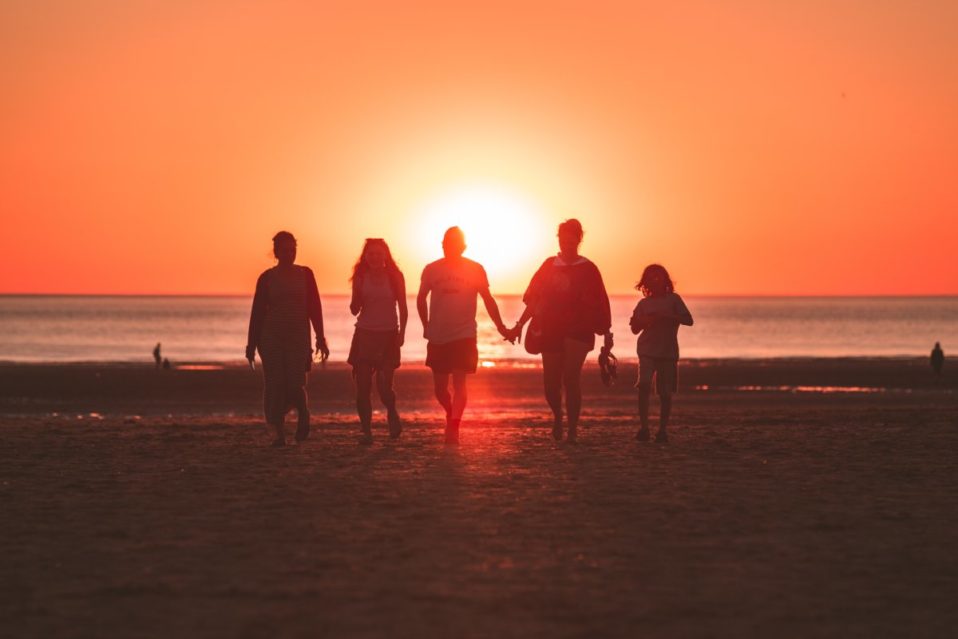It was the perfect storm. When Claire was diagnosed with cutaneous melanoma at the age of 14, it absolutely blindsided us. She wore sunscreen, never tanned and got annual skin screenings. What was missed was the risk associated with hypothyroidism; a condition that can occur as a result of puberty. Claire became fully symptomatic at the age of 14; a diagnosis coinciding with drastic and quick changes in a mole that had always been prettily sitting on her ankle. A research oncologist determined the two factors meshed to create her melanoma. Yup. The perfect storm. With that, we first learned factors other than UV sun exposure can cause melanoma in young people and fueled what is now our mission at the Claire Marie Foundation.

Let’s break it down further. People with hypothyroidism have unhealthy high levels of thyroid stimulation hormone or TSH. Some individuals can have moles or skin lesions with receptors to TSH. When those receptors bind with TSH, it can result in stimulated melanoma cell development. In short, the higher the TSH level, the more “food” for melanoma growth. Here is the research report from Dr. Julie Ellerhorst of MD Anderson Cancer Center who determined the link in Claire’s case, and other research through the National Institutes of Health https://bit.ly/46Oopig , https://bit.ly/3MjDy2K
Once we knew the catalyst in Claire’s diagnosis, we closely monitored her TSH levels as part of her treatment plan, keeping her levels as low as possible through medication in addition to melanoma drug therapies. Every time her TSH level would start to rise, another mole would begin to change, become atypical and need to be removed. Frustrating? Absolutely. But Claire accepted it as a manageable chronic condition. ” Everybody’s got something” she would say before running out the door. Little did we know.
What does this mean to you? If you or a family member has hypothyroidism or have a history of melanoma, make sure you get a full body dermatoscope based skin screening – head to toe. Remember, melanoma can develop in areas of the body where the sun does not shine and can often be colorless! And of course, talk to your doctor. Getting a reading on your thyroid is as easy as a blood test.

Keep in mind that melanoma is more aggressive and invasive in adolescents and young adults and if related, can be further accelerated by TSH. Should anything look questionable, see your dermatologist right away. If you follow our other articles, you will remember surges in testosterone and estrogen can also be contributing factors to the development of melanoma in young people along with genetic predisposition. Add to that the risk of UV sun damage and you can see the need for overall skin care. Don’t get blindsided. Take care of you and your skin. Remember; prevention is the cure when it comes to melanoma. #livelifelikeclaire



 The risk declines with maturity through adolescents and teens with the lowest risk among those diagnosed between the ages of 25 and 29.
The risk declines with maturity through adolescents and teens with the lowest risk among those diagnosed between the ages of 25 and 29.





 This Melanoma May, we turn the spotlight on the guys! New research is focused on the surge in the number of young men
This Melanoma May, we turn the spotlight on the guys! New research is focused on the surge in the number of young men





